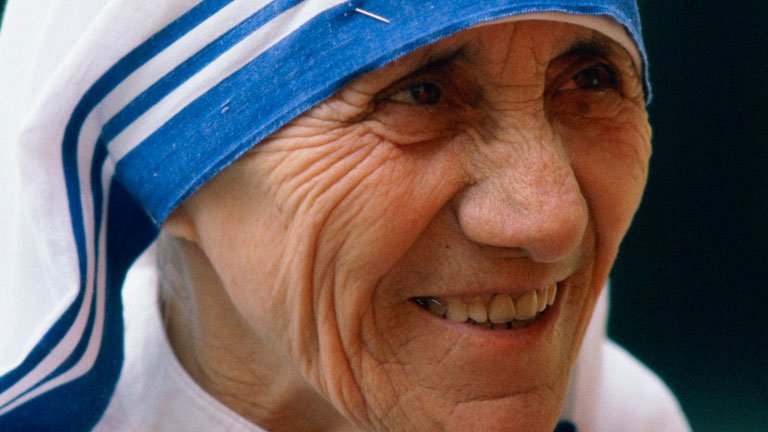Four easy things you can do to observe Respect Life Month

On my way out the door on a recent Monday morning, our three-year old daughter shouted down from upstairs to ask me what I was going to do at work.
“I’m going to write a Respect Life column,” I said.
She asked my wife what that meant. “That means he’s going to write about how every single person is important,” my wife told her. Having to explain things to pre-schoolers makes clarity and brevity paramount. (My wife excels in this area, among hundreds of other areas.) Is there a better description of what our Catholic pro-life teaching is all about?
October is Respect Life Month in the United States Catholic Church, where we devote time to praying and acting in defense of all human life, especially those who are most vulnerable: preborn children and their parents, senior citizens nearing the end of life, prisoners on death row, individuals with disabilities, those suffering from violence and poverty, and more. This year’s Respect Life Month theme is, “Every Life: Cherished, Chosen, Sent,” or, in other words, just what my wife told our daughter that Monday morning.
The theme is inspired by the story of Saint Juan Diego and Our Lady of Guadalupe. In 1531, the Blessed Virgin Mary appeared to a poor indigenous peasant named Juan Diego four different times at the hill of Tepayac in Mexico, speaking to him in his native Nahuatl language. She instructed him to ask the local bishop to have a church built on the site, where people could come to receive her Son and her own care. The chapel was quickly built, countless people embraced Christianity and the Catholic Church increased its protection of indigenous persons.
Mary could have appeared to the bishop or another powerful person, but she chose Juan Diego. She saw his value and what he had to offer even though he was left on the margins of society. What a powerful example for us in our own time and place. We have a God and a Blessed Mother who have indescribable love for all their children, especially those who are forgotten or neglected in this world. How might we emulate that love, especially for pre-born children and their families during this Respect Life Month? Here are four simple things you can do in October.
- Welcome families at Mass.
My wife, toddler, infant, and I flew to California this summer to visit family. We boarded the plane last, and fell into our row right behind a young couple. As we slid in, the young man in front of us saw what was happening. His smile turned to pure dread. He buried his face in his hands. I wanted to pour the infant’s bottle of milk on his head, but I didn’t. (The baby needed to eat!) Do your part to make sure our churches aren’t filled with with faces like the guy’s from seat 19C. Smile, wave, greet us at the sign of peace, maybe pick up the sippee cup that rolled under the pew and hit you in the foot. Let’s live like we actually believe the parish is a real family.
Did you know there’s a campaign in New Jersey to protect the lives of preborn children in the womb from 20 weeks of gestation to birth? People of faith and others of good will around the state are coming together to urge our elected officials to extend protection to our most vulnerable brothers and sisters. Parishes are invited to participate in a postcard campaign in support of the initiative during October. Contact me at michael.laskey@camdendiocese.org to learn more about facilitating the postcard campaign in your parish or school.
- Support a crisis pregnancy center.
Crisis pregnancy centers around South Jersey help counsel women who are facing a pregnancy with some form of trepidation. They provide valuable services like ultrasounds, parenting classes, and adoption information, doing whatever they can to empower parents to choose life. Some parishes conduct activities like baby bottle drives or diaper collections to help support these critical agencies.
- Visit the 40 Days for Life Vigil with Bishop Sullivan on Friday, October 28.
The 40 Days for Life Vigil is a powerful prayer and public witness initiative that takes place all over the country during the early fall. Each year since he was installed as the bishop of our diocese, Bishop Sullivan has visited and prayed with the advocates outside an abortion clinic in Cherry Hill. This year, he will attend the vigil on Friday, October 28, at 11:00 am; park at the Catholic Community of Christ Our Light (402 N. Kings Highway, Cherry Hill) and walk a block south to the site.
All four of these simple actions are things you can do starting today. There’s no better time than Respect Life Month to show you value each and every human person through your words and actions.














